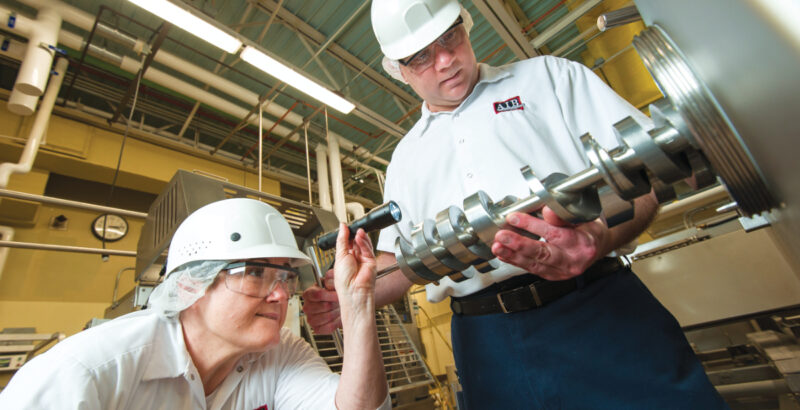Pest Management Solutions for Your Business
As 2021 concludes it is time for facility and quality assurance managers to prepare for a year-end assessment of their pest management program. Taking stock of what’s working, what isn’t and ways to improve your pest management protocols are important steps to ensure your pest management program is ahead of the game.
A year-end assessment identifies potential weak spots in your pest management plan and make sure the facility’s pest management documentation is in order. The assessment is an opportunity to make sure the pest management programs within a facility are working; if corrective actions or a change in tactics is needed; if the actions or changes are being done promptly and that they are documented.

What do QA managers need to prepare for a year-end assessment?
Keep Good Documentation
Accurate and detailed documentation is the only way to verify that the proper pest management processes are being completed; when they are being done and what methods are being used to achieve them.
If you do not have the proper documentation auditors can view it as a sign the corrective action or program requirements did not happen. This will leave your facility vulnerable to receiving a poor audit score or even failing the audit. Sprague will go over your documentation during your year-end review and let you if something is missing.
Also remember the growing use of virtual audits doesn’t excuse you from assembling or sharing the proper documentation with a auditors. Make sure you can share documents electronically with auditors just as if they were sitting across the table from you.
What Documents/Data Are Needed?
Determine what documentation and data is needed for your program review and, more importantly, an audit? Key documents include:
- An overview of the pest program in place, which is responsible for doing what and what pests are being targeted.
- Service reports listing details on each service visit including date, time and what service was provided.
- Pesticide usage logs detailing what products were used, where and when they were used, the active ingredient and what type of pests were targeted.
- Maps/layouts of where pest control devices are located; keeping these updated is important.
- Pest sighting logs that your staff uses whenever they see a pest within the facility; be sure to include the time, date and location of the sighting.
Review Pest Trend Data
The data collected from pest sighting logs, monitoring efforts, cameras and interviews with staff will help you and your pest management service provider identify pest trends in your facility that require a change in plan or tactics and if any corrective actions – increased sanitation and cleaning, physical repairs, employee training – are needed.
Discuss Corrective Actions
When your pest management service provider makes a recommendation for corrective action it should be noted in a corrective action report. The details of what actions were prescribed and, more importantly, when the corrective actions were taken, should be listed. Following up on corrective actions is a major element in any audit or inspection.
Budgeting
Year-end is the time to make sure money is allocated in next year’s budget to make the necessary physical repairs to keep pests out. This can include replacing exterior and loading dock doors, installing new screening for HVAC units and considering installing bird deterrents such as netting and spikes. New FSMA regulations and third-party audit standards place a heavy emphasis on pest exclusion and that starts with protecting your facility’s physical well-being.
Discover The Sprague Difference
If you are looking for an innovative pest management service provider for your commercial property who can assist with a year-end assessment or audit preparation, connect with the Sprague pest management experts at 800.272.4988.

